Stars and Planets - Space exploration & education
Explore the galaxy, learn about stars and different planets, and stargaze
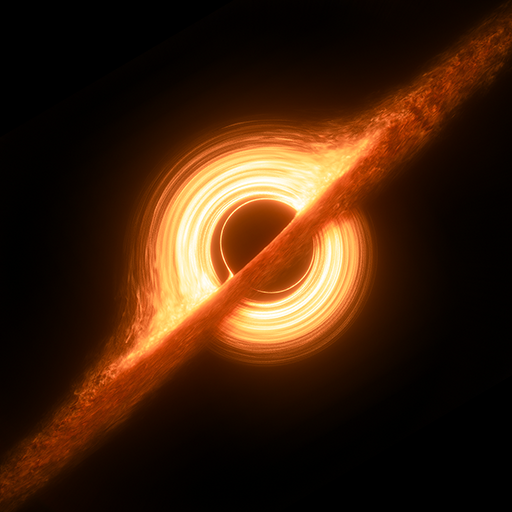
- 3.6.9 Version
- 4.8 Score
- 2M+ Downloads
- In-app purchases License
- 3+ Content Rating
Embark on an extraordinary cosmic journey with Stars and Planets, an interactive 3D planetarium driven by precise data sourced from NASA and ESA space missions. Explore the vast expanse of space through a profound expedition that offers a wealth of knowledge sourced directly from cutting-edge space research.
Fly through the galaxy in an immersive spacecraft simulation, traversing stardust to reach millions of stars. Discover alien planets and exomoons with stunning landscapes and mysteries waiting to be unveiled. Experience the excitement of venturing into the turbulent atmospheres of gas giants to uncover their hidden cores.
Challenge the boundaries of exploration as you approach black holes, pulsars, and magnetars where the laws of physics are tested to their limits.
Stars and Planets transform the entire universe into your personal playground, offering an unparalleled platform for discovery and enlightenment.
Stars and Planets FAQ
1. How do stars differ from planets?
Stars produce their own light, while planets do not; they reflect the light of stars. Planets orbit stars and can be made up of gases, rocks, or ice. Stars are typically much larger than planets and have a much greater mass.
2. What is a constellation?
A constellation is a group of stars that forms a recognizable pattern in the night sky. There are 88 officially recognized constellations, each with its own history and mythology.
3. How can I identify constellations?
To identify constellations: Use a star map or an astronomy app that shows the night sky. Look for prominent patterns or shapes. Familiarize yourself with seasonal constellations, as they change throughout the year.
4. What are exoplanets?
Exoplanets are planets that orbit stars outside our solar system. They vary widely in size, composition, and distance from their host stars, with thousands confirmed to date.
5. How can I observe planets?
Planets can often be seen with the naked eye as bright points of light that do not twinkle like stars. To observe them better: Use binoculars or a small telescope. Check astronomical calendars for visibility times and positions.
6. When is the best time to stargaze?
The best time to stargaze is on clear nights when there is little to no moonlight, typically during new moons. Avoiding areas with light pollution will also enhance visibility.
Features:
★ Immersive spacecraft simulation enabling users to visit various planets and moons, exploring the depths of gas giants.
★ Land on exoplanets, take control of a character, and explore the unique surfaces of these distant worlds.
★ Daily updated information on exoplanets from multiple sources, eliminating the need for manual application updates.
★ Extensive online database containing around 7.85 million stars, over 7400 exoplanets, 205 circumstellar disks, 32,868 black holes, 3344 pulsars, and over 150 moons within our Solar System.
★ Comprehensive search system for efficient data retrieval of stellar and substellar objects.
★ Global accessibility supporting over 100 languages.
Data sourced from various references including SIMBAD, The Extrasolar Planets Encyclopedia, NASA Exoplanet Archive, and Planet Habitability Laboratory.
Join the Discord server to stay updated on upcoming features or discuss space-related topics.
- Version3.6.9
- UpdateOct 14, 2024
- Developer3dgalaxymap.com
- CategoryEducation
- Requires AndroidAndroid 8.0+
- Downloads2M+
- Package Namecom.galaxy.starmap
- Signature50fdd3fb956cbdca7426eb5034ff7399
- Available on
- ReportFlag as inappropriate
-
NameSizeDownload
-
93.21 MB
-
124.11 MB
-
117.35 MB


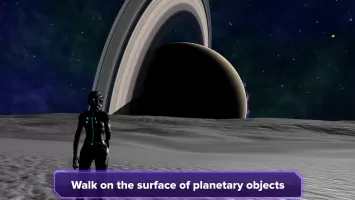

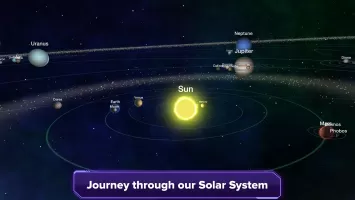
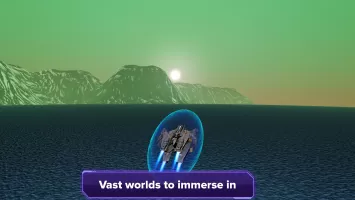
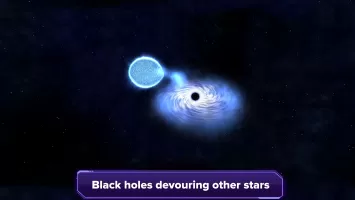

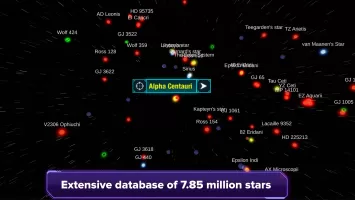
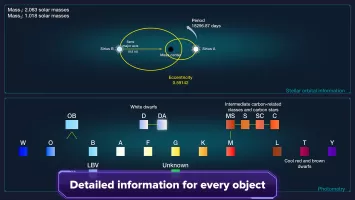
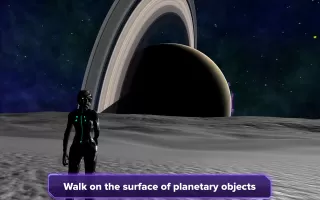

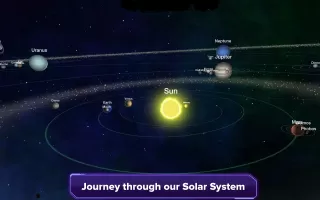
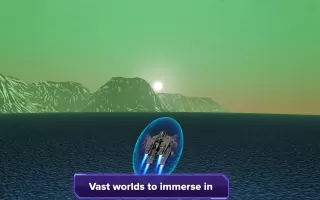

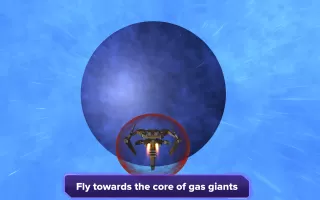
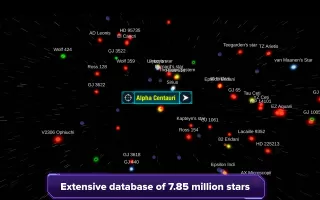
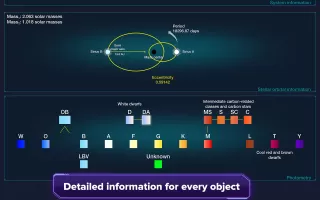


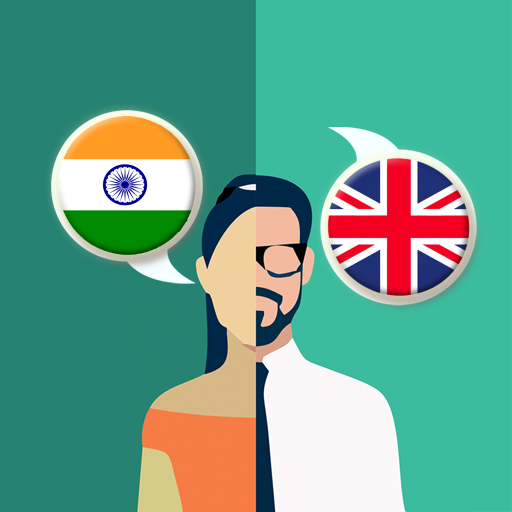

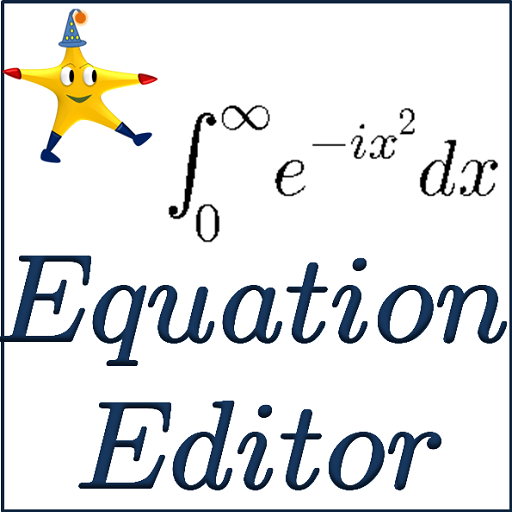
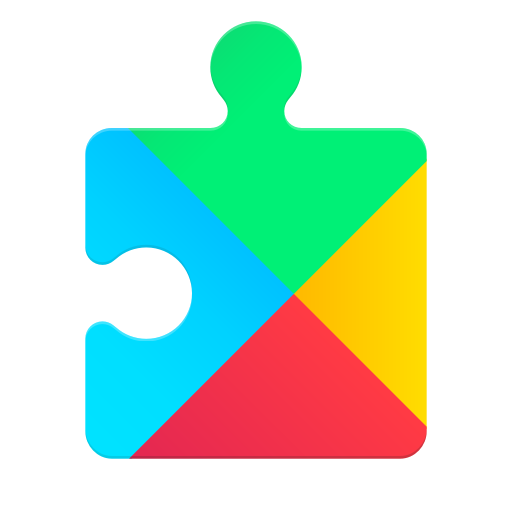



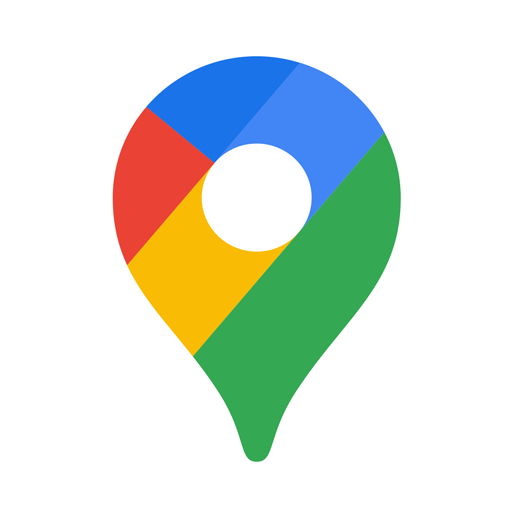

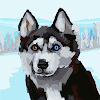

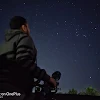






Ability to visit various planets and moons
Extensive online database
The planets and universe are not real enough